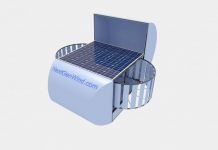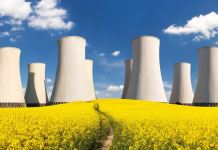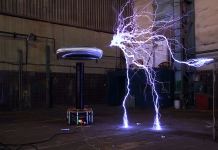Stagnation of solar power systems is the excess heat energy due to insufficient or missing energy extraction with subsequent boiling of the liquid (coolant) in the reservoir. Collectors generate thermal energy when there is solar energy. Sometimes there may be situations when it is impossible to use the generated energy or in a particular time, for some reason it is impractical. Then, in the solar system is a kind of stagnation. This phenomenon is not very good for the collector, although this is not an emergency.
Stagnation in the majority of cases occurs in the summer. Most of the stagnation prone combination of a solar system in which thermal energy is used for heating. Stagnation occurs when stops or greatly slows down the circulation, while the solar radiation ceases to affect the collector. The incessant sunlight and stagnation leads to the fact that the coolant temperature begins to increase, to the point that the liquid begins to boil. Boiling of the coolant contributes to a sharp increase in pressure in the solar circuit.
The stagnation of the solar system consists of 5 stages:
– Expansion of the coolant. The expansion occurs when you stop the circulation pump. With its stop begins to rise the temperature up to the boiling point. However, the pressure is not so rapidly growing by approximately 1 bar.
– Evaporation of the liquid. 10 minutes after the coolant has reached the boiling point starts its evaporation. The manifold is formed saturated steam and thus the coolant moves to the coolant reservoir. The system pressure begins to rise and the liquid almost reached the temperature of boiling rises and can reach up to some parts of the solar system, thus with tucked them to high temperatures.
– Boiling. Over the next 30 minutes, the coolant, which still remains, evaporates and educated vapor fills the entire system. It can have a detrimental influence of high temperature on some parts of the solar system.
– Overheating. The liquid continues to evaporate at the same time becomes concentrated a large amount of superheated steam. Starts slightly falling pressure, and the reservoir is completely dry.
– Fill coolant. When solar energy is less impact on the system, gradually decreases the pressure and temperature of a solar system. Vaporous coolant condenseries, with the result that the system is again filled with liquid.
The less educated a couple is, the less negative impact on the solar system, and especially the impact on the coolant as it is subjected to the highest stagnation. The threat to the system the third stage of the boil. Therefore, to reduce the negative impact on the system need that this stage lasted for a small period of time. The third stage is reduced when the second stage moves the entire coolant in the surge tank and then boiling occurs. This ability to empty the collector at the maximum value completely prevents boiling in the third stage. It depends on the type of the solar collector, angle of its installation, the volume of the surge tank.
Latest models of solar collectors equipped with antiseepage system. The gist of it is that the system is equipped with an additional tank in the event of a power pump, the liquid is drained.























